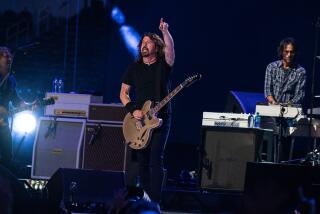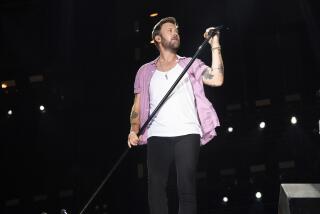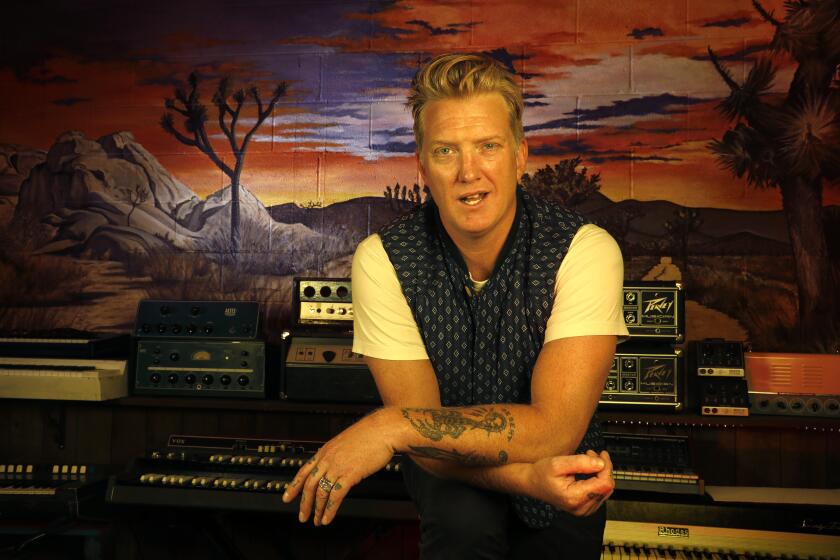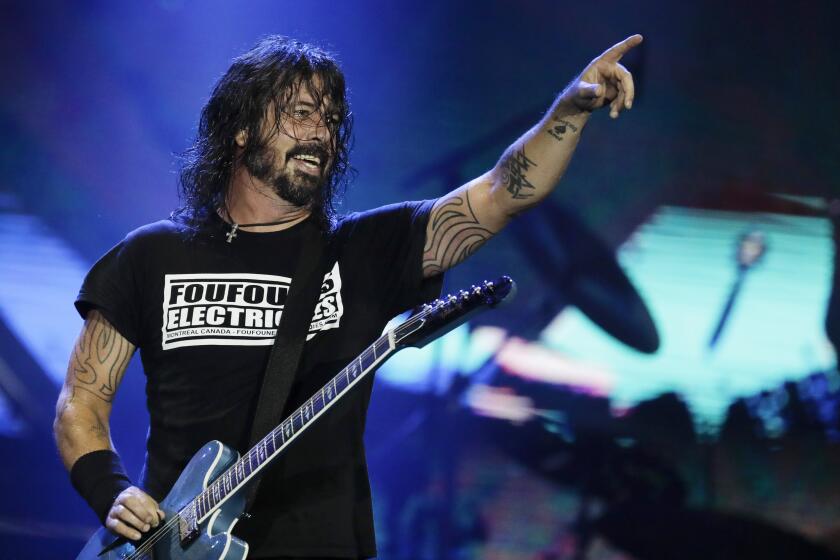Is Rappers’ Doubling Up Good for Business?
The latest trend in hip-hop?
Double CD packages.
First Tupac Shakur’s two-CD set “All Eyez on Me” was a huge success, with first-week sales of 566,000 in February 1996 and sales now totaling 3.3 million, according to SoundScan figures. Then Notorious B.I.G.’s double “Life After Death”--released shortly after his shooting death in March--scored first-week sales of 690,000 and now has sold 1.8 million.
Now two more rap double albums are coming: The Wu-Tang Clan’s “Wu-Tang Forever,” due in stores Tuesday (see review, Page 57), and Bone Thugs-N-Harmony’s “The Art of War,” due July 15. And Ice Cube’s next album, due later this year, may also be a twin-disc release.
“After Tupac’s album, the big rappers are all wanting to now have the biggest double album of all time,” says Violet Brown, urban music buyer for the Wherehouse retail chain. “They’re all trying to top each other when it comes to sales.”
Before this, double CDs have been mostly reserved for special collections, such as the three Beatles “Anthology” packages (“Volume 1” has sold 3.5 million) and Michael Jackson’s “HIStory”--half new material and half greatest hits (2.2 million).
The only major non-rap artist with a recent big hit double album of all new material has been the Smashing Pumpkins, with 1995’s 4-million-seller “Mellon Collie and the Infinite Sadness.” Prince’s three-disc “Emancipation” sold moderately, but no trend has followed in pop and rock. The two rap successes, though, seem to have opened the gates in that field.
But is this double the pleasure--or double trouble?
After all, a two-CD collection means twice the music, but it also costs the customer nearly twice the money.
“The price doesn’t really matter with artists like this,” Brown says, noting that the new packages, like the Shakur and B.I.G. sets, will probably sell for about $20--roughly $4 or $5 less than it would normally cost for two separate CDs. “The fans will get the money and be out there for these.”
Pete Howard, editor and publisher of the monthly International Compact Disc Exchange (ICE), agrees.
“Releasing a double CD gives the perception that this is a major work,” he says. “It’s a real event for the fans. And you probably lose less than 5% of the people buying it in the first week of sales from people who balk at the price.”
But what about the artistic costs of releasing so much music?
“CDs are already twice the length that vinyl LPs used to be,” says Alan Light, editor-in-chief of hip-hop culture magazine Vibe. “So with two CDs you’re talking about four times the stuff that used to constitute an album. In most cases, it’s hard to believe they wouldn’t be overall more consistent packages if they put the best material on just one disc.
“But if you go to the kids out there and say, ‘Do you want one hour of Wu-Tang music or two hours?,’ they’d say, ‘Give it all to me and let me sort it out.’ ”
The problem, Light says, is with fans who might not be quite that committed.
“The casual fans might have to think twice about buying the album,” he says. “And at the same time acts are releasing fewer commercial singles. Where does that leave the casual fan? If you like one song you hear on the radio and can’t buy it as a single, the only option is to spend 20 bucks for 28 songs.”
More to Read
The biggest entertainment stories
Get our big stories about Hollywood, film, television, music, arts, culture and more right in your inbox as soon as they publish.
You may occasionally receive promotional content from the Los Angeles Times.










